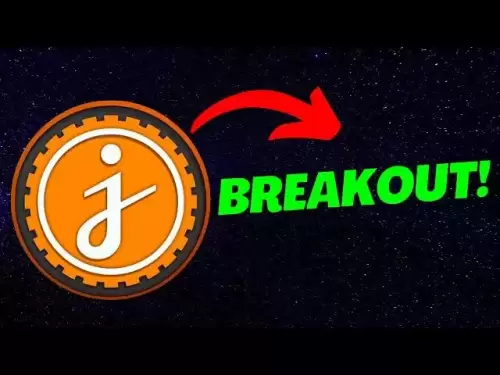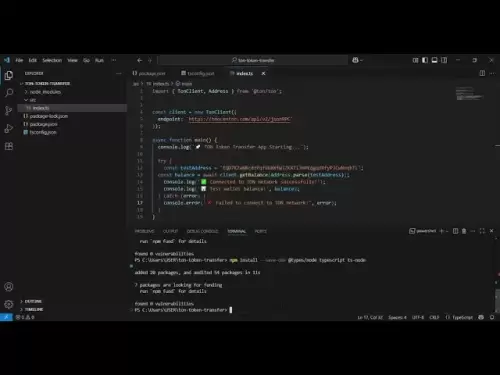-
 Bitcoin
Bitcoin $118,841.1054
1.02% -
 Ethereum
Ethereum $3,364.2689
7.44% -
 XRP
XRP $3.0337
3.93% -
 Tether USDt
Tether USDt $1.0004
0.04% -
 BNB
BNB $708.2059
2.49% -
 Solana
Solana $173.2385
5.74% -
 USDC
USDC $0.9999
-0.01% -
 Dogecoin
Dogecoin $0.2121
6.85% -
 TRON
TRON $0.3090
2.81% -
 Cardano
Cardano $0.7628
2.25% -
 Hyperliquid
Hyperliquid $46.8391
-2.08% -
 Stellar
Stellar $0.4537
0.15% -
 Sui
Sui $3.9529
-2.88% -
 Chainlink
Chainlink $16.6414
3.72% -
 Hedera
Hedera $0.2354
1.52% -
 Bitcoin Cash
Bitcoin Cash $499.1285
0.43% -
 Avalanche
Avalanche $22.6400
0.57% -
 Shiba Inu
Shiba Inu $0.0...01438
4.88% -
 UNUS SED LEO
UNUS SED LEO $8.8507
-0.64% -
 Toncoin
Toncoin $3.1498
2.35% -
 Litecoin
Litecoin $97.4954
1.21% -
 Polkadot
Polkadot $4.1541
1.50% -
 Monero
Monero $331.4406
-1.03% -
 Pepe
Pepe $0.0...01350
5.24% -
 Uniswap
Uniswap $8.9103
-5.01% -
 Bitget Token
Bitget Token $4.7540
4.51% -
 Dai
Dai $0.9999
-0.02% -
 Ethena USDe
Ethena USDe $1.0008
0.00% -
 Aave
Aave $322.3328
-1.63% -
 Bittensor
Bittensor $431.8026
-0.50%
Is the source of computing power of cloud computing power mining platforms transparent?
Cloud mining platform transparency varies widely; while reputable firms offer detailed operational disclosures and audits, verifying claims independently is difficult, highlighting the risk of scams and operational inefficiencies for users.
Mar 21, 2025 at 09:28 am
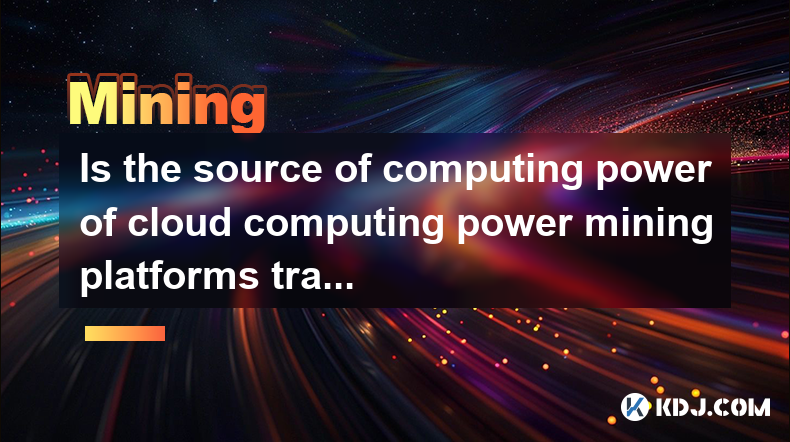
Key Points:
- The transparency of computing power sources for cloud mining platforms varies significantly.
- Many platforms lack complete transparency, obscuring the location and specifics of their hardware.
- Reputable platforms strive for greater transparency, but verifying claims independently can be challenging.
- Users should prioritize platforms with detailed operational disclosures and independent audits.
- Lack of transparency increases the risk of scams and operational inefficiencies.
Is the Source of Computing Power of Cloud Computing Power Mining Platforms Transparent?
The question of transparency regarding the source of computing power used by cloud mining platforms is a crucial one for potential investors. The cryptocurrency mining landscape is rife with both legitimate operations and fraudulent schemes. Understanding the level of transparency offered by a platform is essential to mitigating risk. Unfortunately, a universally high standard of transparency doesn't exist.
Many cloud mining platforms operate with a significant degree of opacity. They may broadly state that they possess substantial hashing power, but rarely provide specifics about the location of their mining farms, the type of hardware employed (ASICs, GPUs, etc.), or even the overall size of their operations. This lack of detail makes it difficult for potential clients to verify the claims made by these platforms. The absence of concrete information raises red flags, especially for those unfamiliar with the technical aspects of cryptocurrency mining.
Some platforms, however, strive for greater transparency. These companies might publish regular operational updates, including images or videos of their mining facilities. They might also disclose energy sources used and even provide access to third-party audits verifying their claimed hashing power. This level of openness is vital for building trust and attracting investors who prioritize due diligence. However, even with such disclosures, independent verification can still prove difficult for the average user.
Verifying the claims of even the most transparent platforms independently requires significant technical expertise and resources. This is because confirming the true size and operational efficiency of a mining farm necessitates on-site inspection and specialized equipment. Most individual investors lack the means to undertake such verification efforts. Consequently, reliance on publicly available information and the platform's reputation becomes crucial.
The opacity surrounding the source of computing power often stems from several factors. Some platforms may wish to protect their infrastructure from competitors or malicious actors. Others might be deliberately obscuring the truth to conceal fraudulent activities, such as using far less computing power than advertised. This latter scenario highlights the inherent risks associated with investing in less transparent platforms. The potential for scams is significantly higher when crucial information is withheld.
Choosing a cloud mining platform requires careful consideration of the information available. Look for platforms that proactively disclose their operational details, including the location of their mining facilities, the types of hardware they use, and their energy consumption. The availability of independent audits, even if not easily verifiable by the average user, suggests a greater commitment to transparency and accountability. A platform's reputation within the cryptocurrency community should also be thoroughly investigated.
The level of transparency directly impacts the risk profile of a cloud mining operation. Opaque platforms present a much higher risk of fraud or misrepresentation. Users might be paying for hashing power that doesn't actually exist, resulting in significant financial losses. Conversely, transparent platforms offer a degree of assurance, although absolute certainty is rarely achievable. The lack of complete transparency is a systemic issue in the cloud mining industry, and caution remains a critical factor in making investment decisions.
The importance of understanding energy consumption should not be overlooked. Mining is an energy-intensive process, and the source and efficiency of the energy used directly impact the platform's environmental impact and operational costs. Transparent platforms will typically disclose their energy consumption and the source of their electricity (renewable vs. non-renewable). This information allows investors to assess the sustainability of the operation.
Another aspect of transparency involves the contracts and agreements offered by the platform. Scrutinize the terms and conditions carefully. Look for clarity on the duration of the contract, the payment methods, and the process for withdrawing profits. Ambiguous or overly complex contracts can be a warning sign. Furthermore, reputable platforms usually offer robust customer support channels for addressing queries and resolving issues.
Finally, remember that past performance is not necessarily indicative of future results. Even with a transparent platform, the profitability of cryptocurrency mining fluctuates based on several factors, including the price of the cryptocurrency being mined, the difficulty of the mining process, and the overall market conditions.
Frequently Asked Questions:
Q: How can I verify the claims of a cloud mining platform independently? A: Completely independent verification is difficult for the average user. Focus on publicly available information, the platform's reputation, and the level of detail provided in their operational disclosures. Look for third-party audits, but understand that even these may not provide complete certainty.
Q: What are the red flags to watch out for when choosing a cloud mining platform? A: Lack of transparency regarding hardware, location, and operational details; vague or misleading marketing materials; overly complex or ambiguous contracts; absence of independent audits; poor or unresponsive customer support.
Q: Is it possible to completely eliminate the risk of investing in cloud mining? A: No. Even with the most transparent platforms, risks remain due to the volatility of cryptocurrency markets and the inherent complexities of mining operations. Diversification and careful due diligence are crucial.
Q: What is the significance of energy source transparency in cloud mining? A: Transparency about energy sources allows investors to assess the environmental impact and operational costs of the mining operation. Renewable energy sources are generally considered more sustainable.
Q: Why do some cloud mining platforms lack transparency? A: Reasons range from protecting infrastructure to concealing fraudulent activities. Lack of transparency increases the risk of scams and operational inefficiencies.
Disclaimer:info@kdj.com
The information provided is not trading advice. kdj.com does not assume any responsibility for any investments made based on the information provided in this article. Cryptocurrencies are highly volatile and it is highly recommended that you invest with caution after thorough research!
If you believe that the content used on this website infringes your copyright, please contact us immediately (info@kdj.com) and we will delete it promptly.
- Bitcoin Trading Volume in Q2 2025: A New York Minute
- 2025-07-17 14:30:12
- Bitcoin, SpacePay, and Your Cappuccino: The Future of Crypto Payments is Here!
- 2025-07-17 14:30:12
- Top Cryptos: Dogwifhat's Comeback, Arctic Pablo's Presale Adventure
- 2025-07-17 14:50:11
- Morgan vs. Peace: The US Mint's Silver Showdown
- 2025-07-17 14:50:11
- Ethereum Rising: Breaking $3400 – What's Fueling the Surge?
- 2025-07-17 14:55:11
- Bitcoin, Selling, and Happiness: A Contrarian's View from a New Yorker
- 2025-07-17 15:10:11
Related knowledge
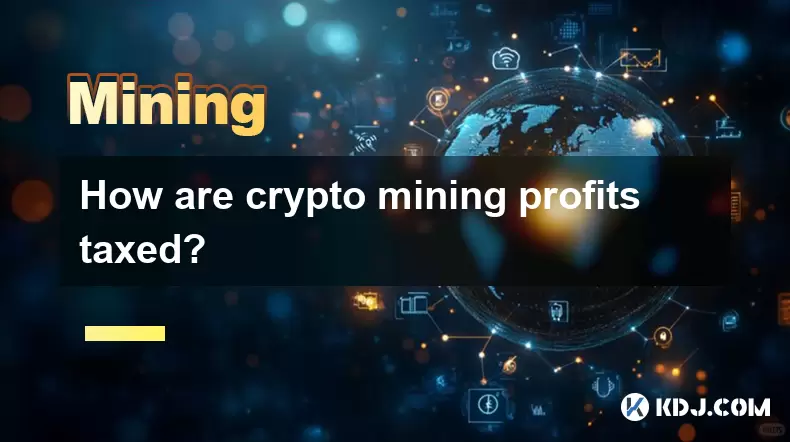
How are crypto mining profits taxed?
Jul 14,2025 at 12:28am
Understanding Cryptocurrency Mining and TaxationCryptocurrency mining involves validating transactions on a blockchain network and earning rewards in ...
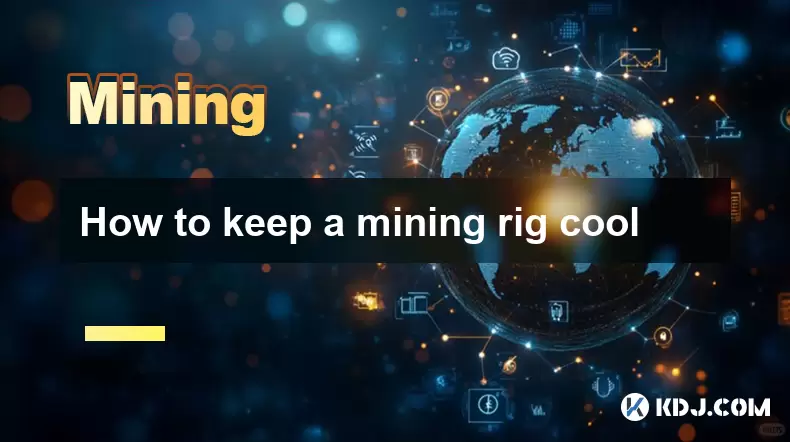
How to keep a mining rig cool
Jul 12,2025 at 01:42pm
Understanding the Importance of Cooling in Mining RigsCryptocurrency mining is an intensive process that places heavy demand on hardware components, p...
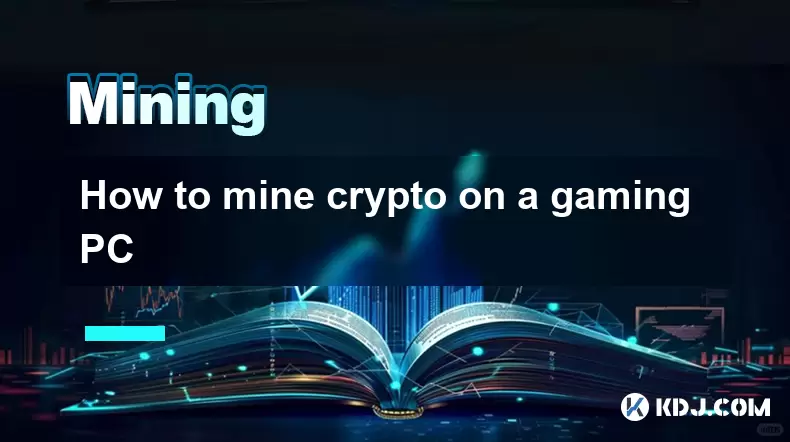
How to mine crypto on a gaming PC
Jul 16,2025 at 12:00pm
What is Crypto Mining on a Gaming PC?Crypto mining involves using your computer's processing power to validate transactions on a blockchain network. A...
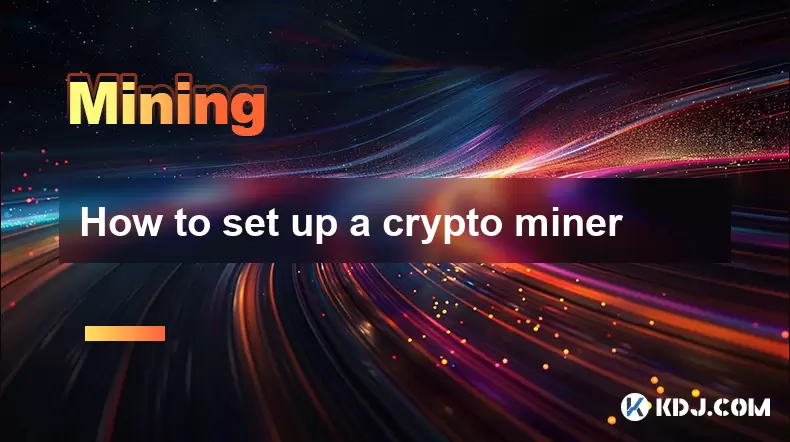
How to set up a crypto miner
Jul 16,2025 at 09:14am
Understanding Ethereum Gas Fees: What Are They and How Do They Work?Ethereum gas fees are a fundamental aspect of the network, representing the cost r...
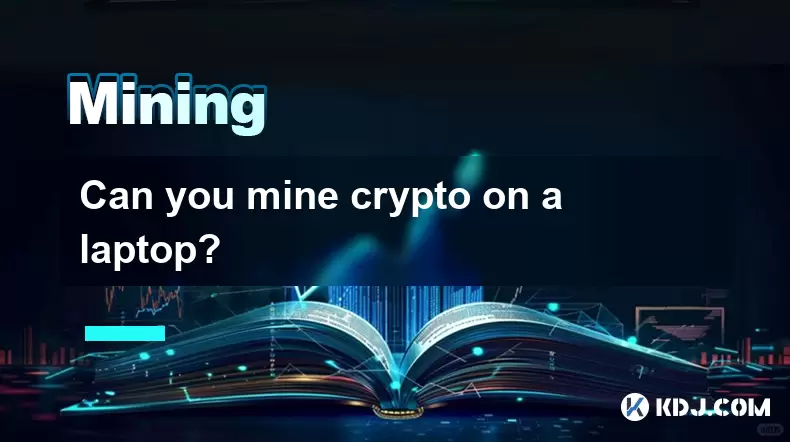
Can you mine crypto on a laptop?
Jul 16,2025 at 02:21am
Is It Feasible to Mine Cryptocurrency on a Laptop?Mining cryptocurrency on a laptop is technically possible, but feasibility depends heavily on the ha...
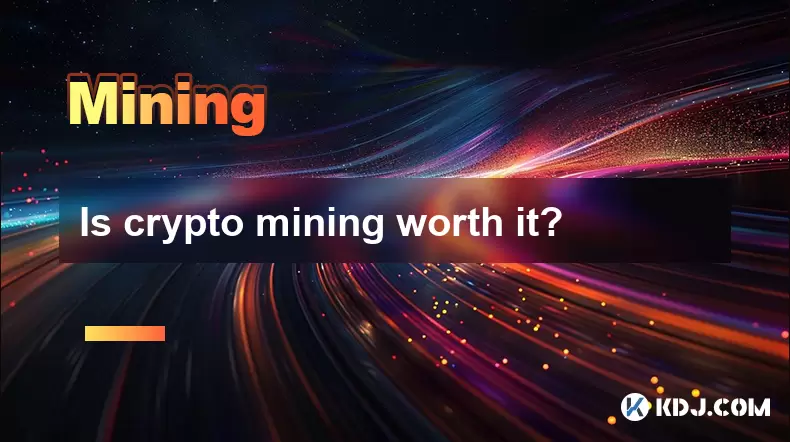
Is crypto mining worth it?
Jul 16,2025 at 01:21am
Understanding the Basics of Crypto MiningCrypto mining refers to the process of validating transactions on a blockchain network by solving complex mat...

How are crypto mining profits taxed?
Jul 14,2025 at 12:28am
Understanding Cryptocurrency Mining and TaxationCryptocurrency mining involves validating transactions on a blockchain network and earning rewards in ...

How to keep a mining rig cool
Jul 12,2025 at 01:42pm
Understanding the Importance of Cooling in Mining RigsCryptocurrency mining is an intensive process that places heavy demand on hardware components, p...

How to mine crypto on a gaming PC
Jul 16,2025 at 12:00pm
What is Crypto Mining on a Gaming PC?Crypto mining involves using your computer's processing power to validate transactions on a blockchain network. A...

How to set up a crypto miner
Jul 16,2025 at 09:14am
Understanding Ethereum Gas Fees: What Are They and How Do They Work?Ethereum gas fees are a fundamental aspect of the network, representing the cost r...

Can you mine crypto on a laptop?
Jul 16,2025 at 02:21am
Is It Feasible to Mine Cryptocurrency on a Laptop?Mining cryptocurrency on a laptop is technically possible, but feasibility depends heavily on the ha...

Is crypto mining worth it?
Jul 16,2025 at 01:21am
Understanding the Basics of Crypto MiningCrypto mining refers to the process of validating transactions on a blockchain network by solving complex mat...
See all articles
























